Shadows and reflections have always triggered all sorts of fantasies. Theatre itself, in the words of many playwrights and theorists, is nothing but a game of shadows. Today, filmic and computer-generated or manipulated projections have taken the place of what was once cleverly done with candles and mirrors. Indeed, projections seem to have become a distinctive and annoyingly trendy trademark of contemporary theatre, for they seem to pop up everywhere, more or less appropriately. Tired of images that detract and distract from both the music and the meaningful or expressive physicality of dance performances, I, like many, believe that using projections to add an aura of pseudo-cultural gravitas to a piece is the main indicator of poor creativity. But I am glad to admit that there are times when I am proved wrong. Take, for instance, shall i sit here by the Swiss/British choreographer Rahel Vonmoos, performed last Saturday at The Place as part of the Spring Loaded season.
The 25-minute solo sees Vonmoos interact with a number of simultaneous projections and many images of her shadow. Her dance is a fluid mixture of well-established contemporary ideas with traces of those martial arts — such as aikido — that she has long engaged with. The physical performance itself — a good one — is never the central focus of the creation, for it shares the stage and the visual field with the complementary images. Strategically placed light sources, including the multiple projectors that release images either on to the stage or on to the backdrop, generate a well-choreographed and highly intriguing shadow play. The artist’s reflections exasperate, exaggerate and manipulate her movement, thus creating a choreographically powerful and dramatically engaging choral action.
At times, Vonmoos herself appears in one of the projections. The contrast between her filmed stillness and her danced action, with the optical game of perspectives and depths in which the viewer is called to participate, is stimulating, too. But, in my view, it is the relationship between the performer and her multiple shadows that makes this work stand out from the many others that use similar ideas and devices. I particularly liked the more elusive shadows, namely the ones generated by the light hitting the shiny and semi-reflective surface of the dance space.
Projections, though of a different kind, were also present in Vonmoos’s second piece of the evening, and again. Central to this work, conceived with the support of Trinity Laban, Tanzhaus Zürich and London Metropolitan University, is the presence on stage of 26 well-known dance artists, a sort of live Who’s Who of British contemporary dance. The artists cross the stage from side to side, walking naturally, stopping now and then, adopting static poses, looking at each other and at the flurry of colourful computer-generated doodles that provide a changing canvas for their actions. They follow a given though not immediately decipherable choreographic brief, which seems to rely on linked responses to particular situations.
The idea is not new — in western dance it was first seen in the late-1950s — but it is well worked in an idea that demands multiple readings. It is thus difficult to state whether this is a celebration of each individual and what they have done or what they are still doing or what they have not done. The effect is mesmerising, and the search for clues to the set choreographic brief intriguing. However, the excessive length — 30 minutes — and the inevitable repetitiveness dilute its impact. Ten minutes less and this would have been a memorable piece in the history of Spring Loaded.
Got something to add? Join the discussion and comment below.
Get 10 issues for just $10
Subscribe to The Spectator Australia today for the next 10 magazine issues, plus full online access, for just $10.

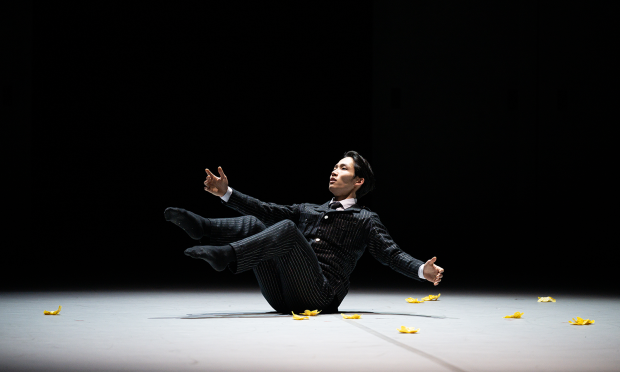
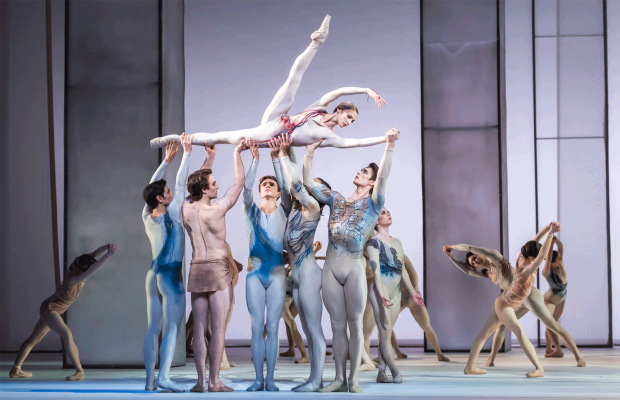
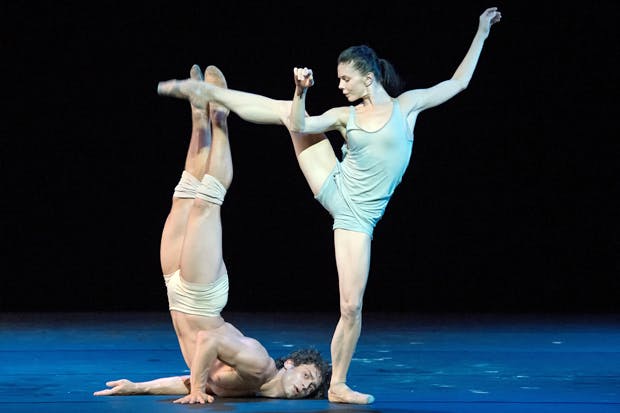
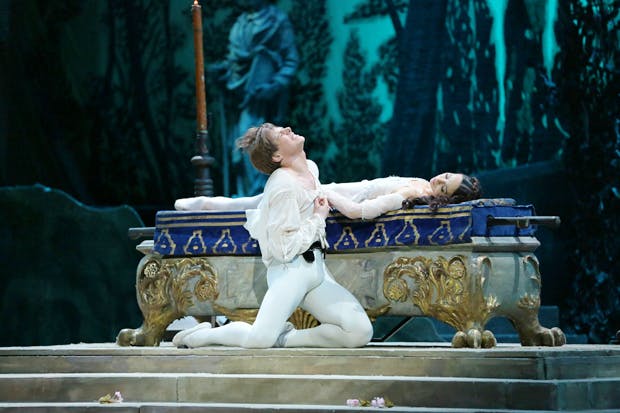
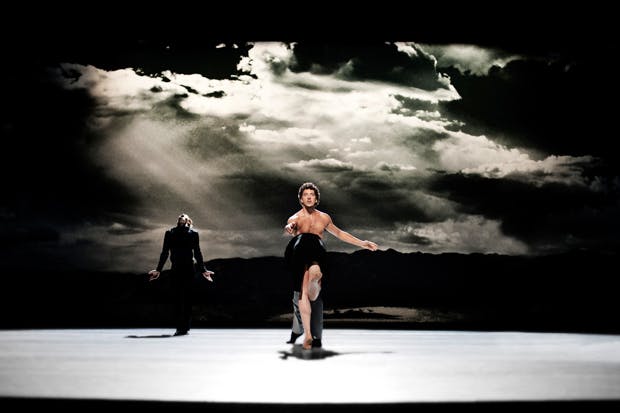
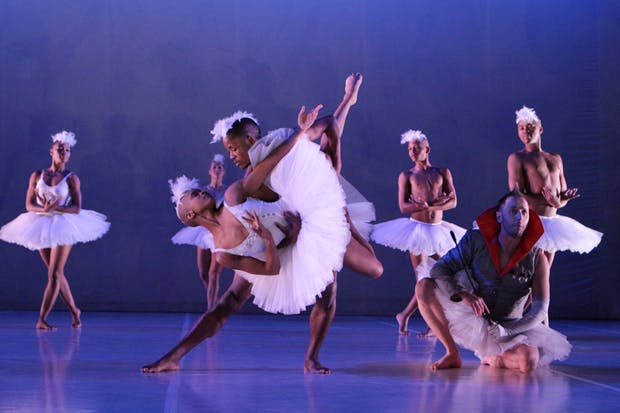






Comments
Don't miss out
Join the conversation with other Spectator Australia readers. Subscribe to leave a comment.
SUBSCRIBEAlready a subscriber? Log in